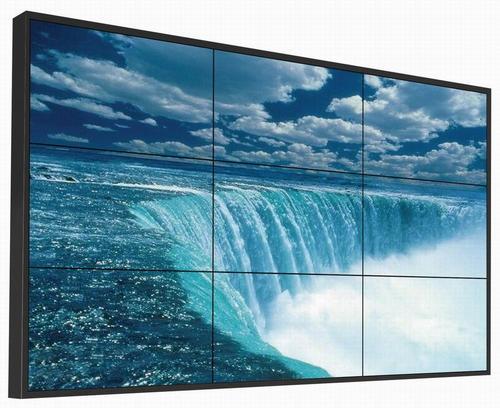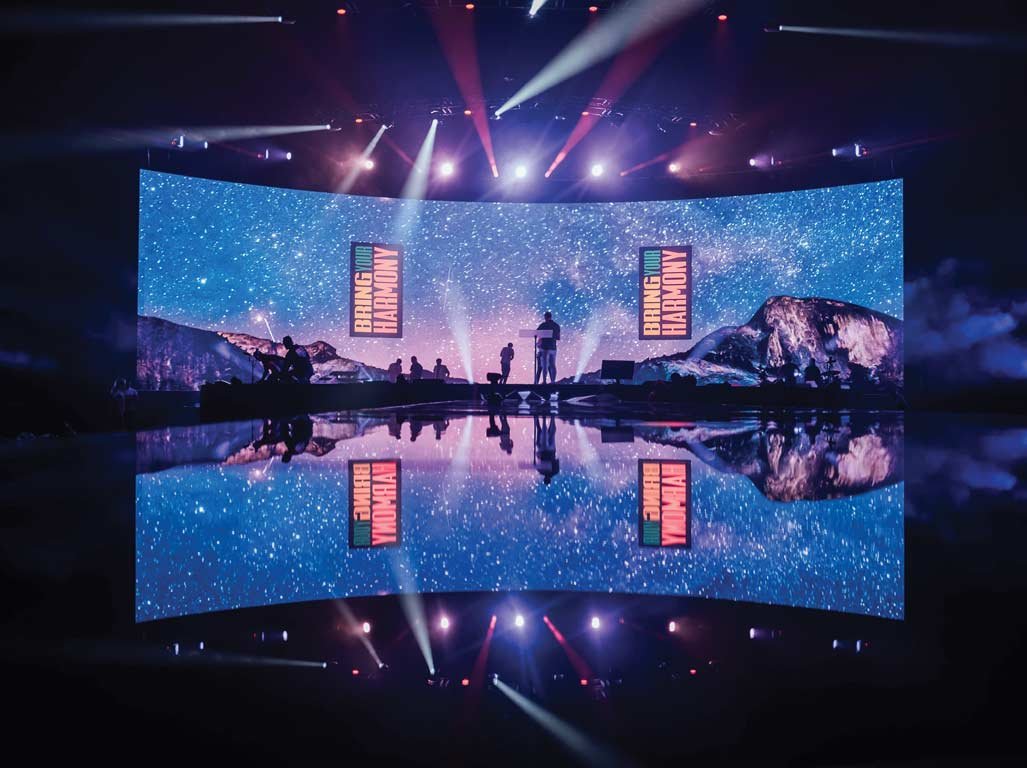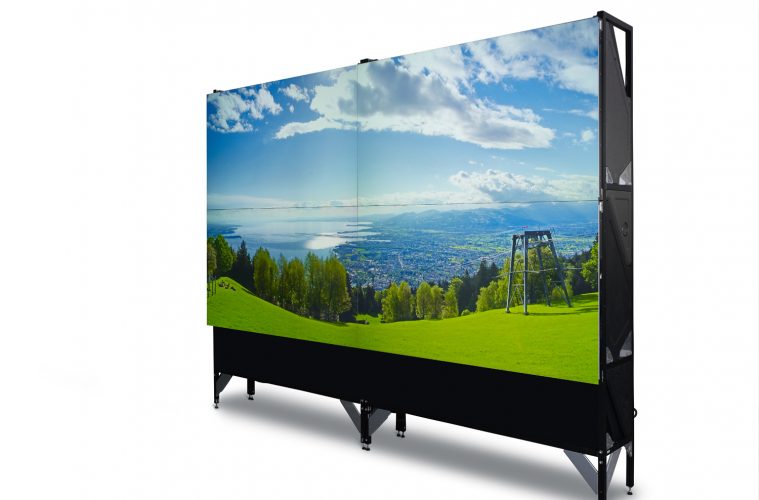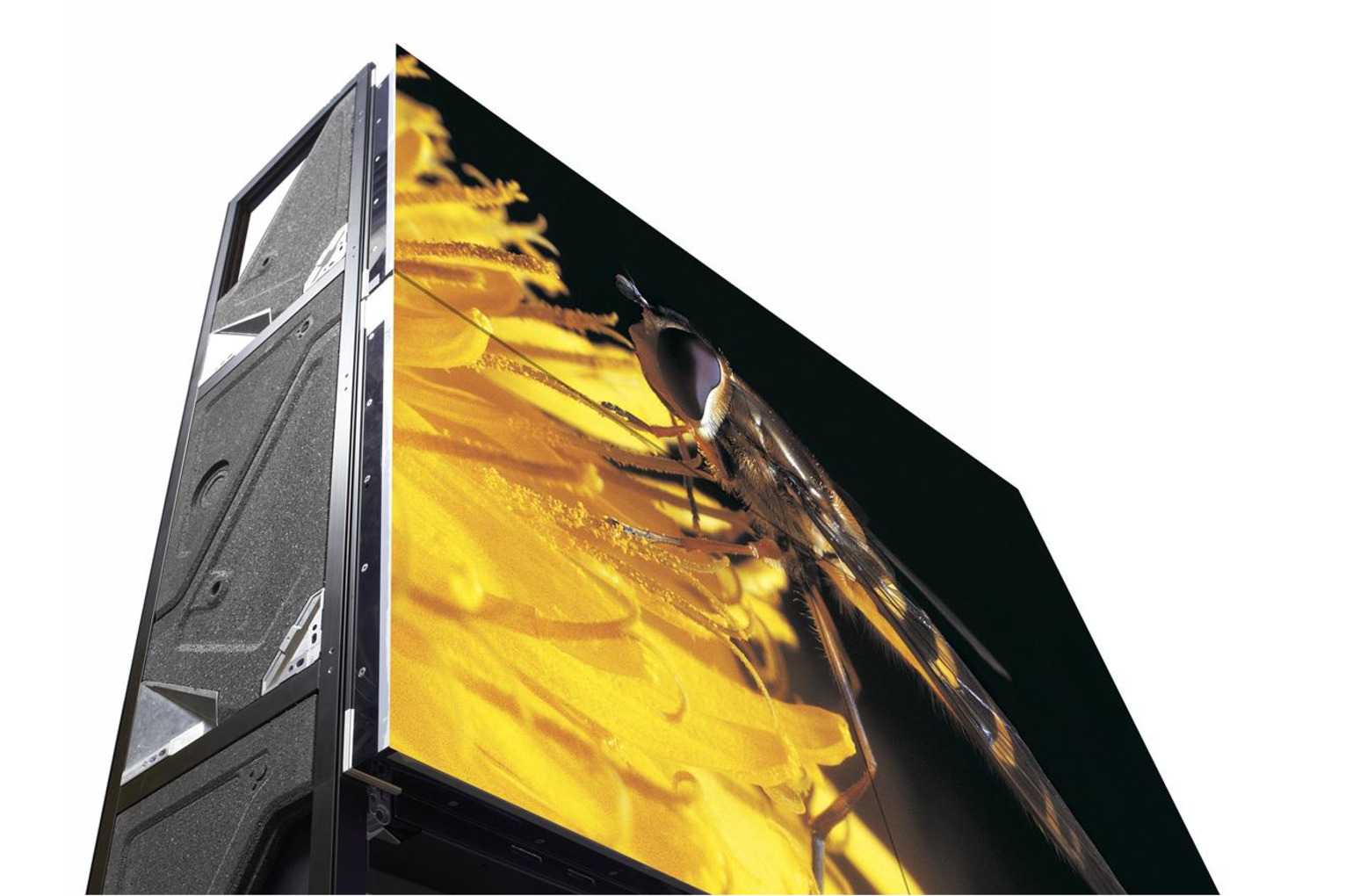A command and control center is a secure area in a facility that allows for centralized situation monitoring, control, and command. This notion of a command and control center works just as well for tiny communities that need to deploy few personnel in a mobile unit for a local fair as it does for the larger Government authorities. TTFT provides a number of command and control center solutions to assist you enhance your operations. Based on real-time data, your command center allows you to make the best decisions possible. Maintaining shared situational awareness and securely gathering data from different networks is essential. We provide video wall technology, network infrastructure, and operator workspace software to support video wall.
Service
Command & Control Center Solutions
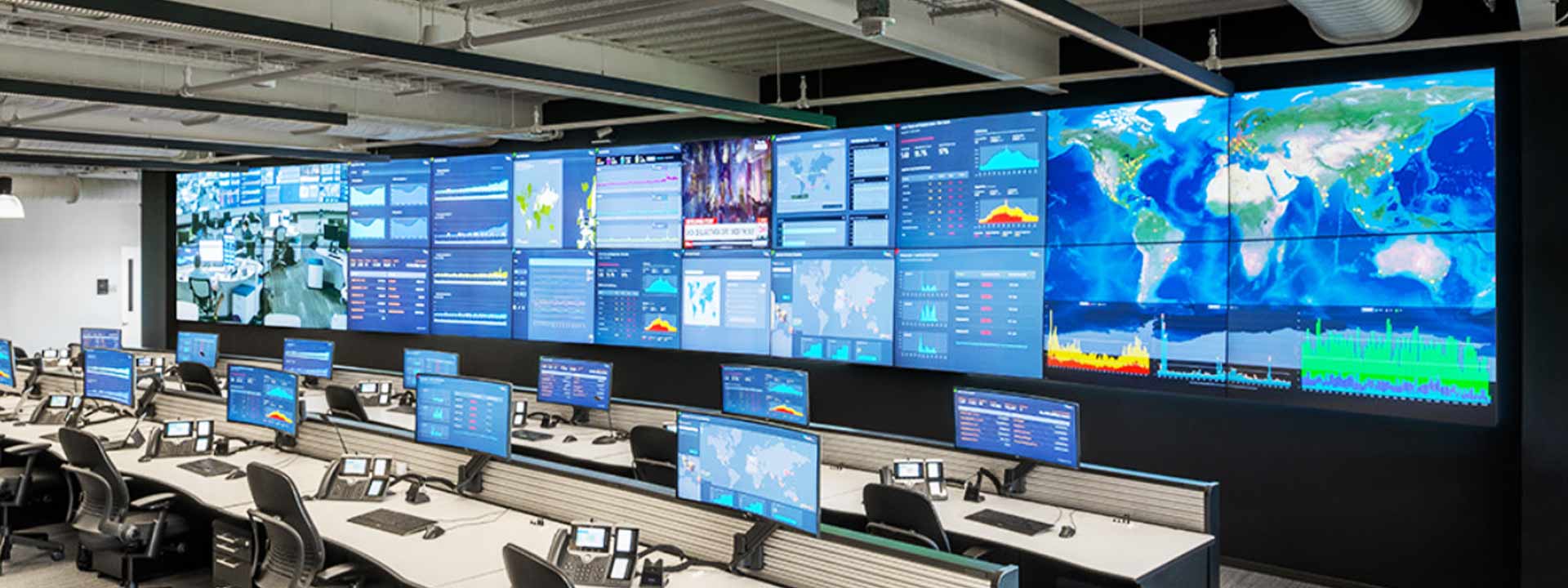
Types of Video Walls
Various types of video walls used in TTFT security systems
Video Wall Controllers
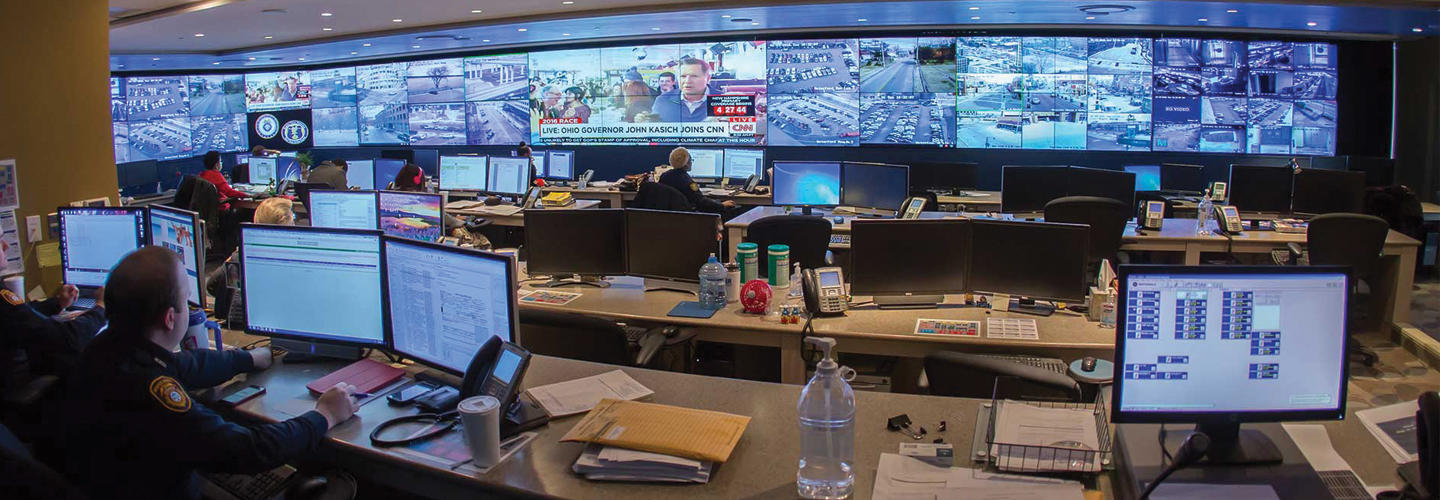
Single Video Wall Controllers :
Single video wall controllers is your best option for utilising a stand alone video wall without a complicated network architecture. Small walls (e.g., four screens in a 2×2 arrangement) to big walls (up to 64 monitors in total) are all possible. This sort of controller is commonly used for video walls that run independently and are not connected to a larger network.
Network-centric multi-screen video wall Controllers :
To obtain video, pictures, or data into the secure IP-based system, just connect a source (a road camera, a sensor, a computer, etc.) to the appropriate encoder. This information will be sent anywhere in the globe using ordinary internet infrastructure. A decoder on the destination side ensures that the data is ready for usage on any display.
Control Room Collaboration
Application Areas

To monitor industrial operations, factories require command and control centers.
Command and control centers are used by trams, aeroplanes, buses, trains, and other mass public transportation organizations to improve operational efficiency and reduce the risk of hazards by improving quick communication between hubs. By centralising communication activities, these centers may improve safety and save transportation companies firms money
The military employs a command and control communication approach, particularly when planning and coordinating attacks and defense plans for executing its operations. Since they carry out some of the world’s most important and precise command center activities, military facilities require high-quality technology and error-free installation.
State and local government agencies need to employ command and control centers to coordinate their actions and operations during times of disasters such as hurricanes, floods, forest fires, terrorist attacks etc.
Federal Agencies need strategic command centers to oversee their reactions and operations at times of breakouts in their respective areas such as health, disease control etc.
Corporations usually employee three command centres: one for IT, one for marketing, and one for security in order to keep an eye on the entire scope of their IT infrastructure, equip corporate staff at newsworthy companies with the ability to monitor relevant news feeds, social media accounts, and other information resources in real time and for security surveillance monitoring for companies operating from a large campus
Command and control centers are required to keep an eye on their resources, ensure safe operating conditions, and respond to crises. They are also used by multi-state energy firms to keep transportation, community, and regulatory commissions informed about their activities


